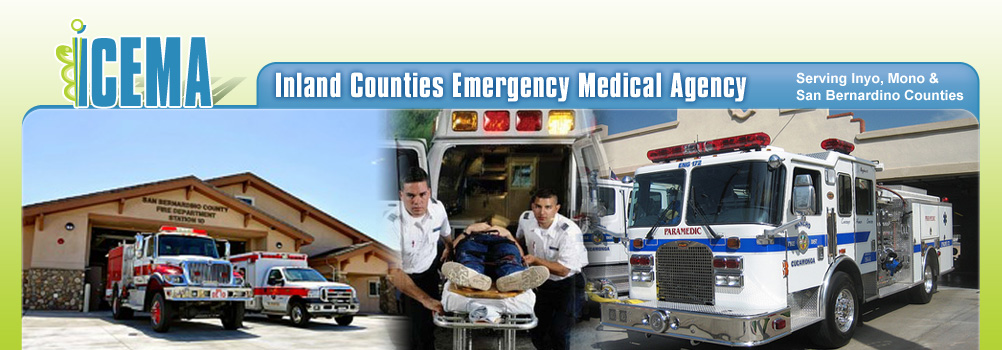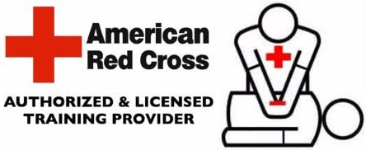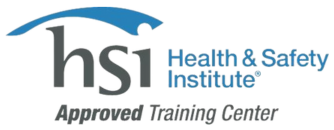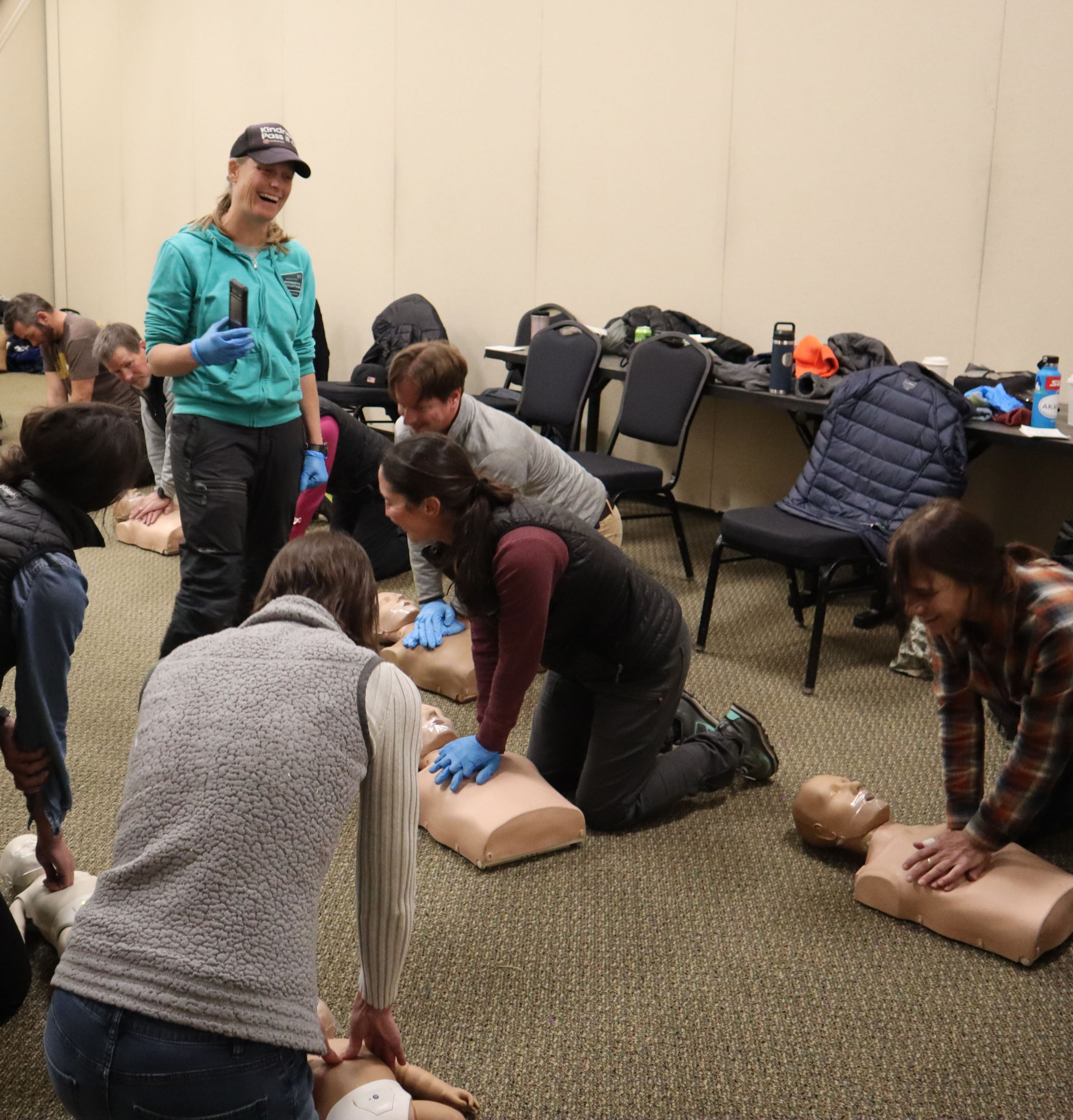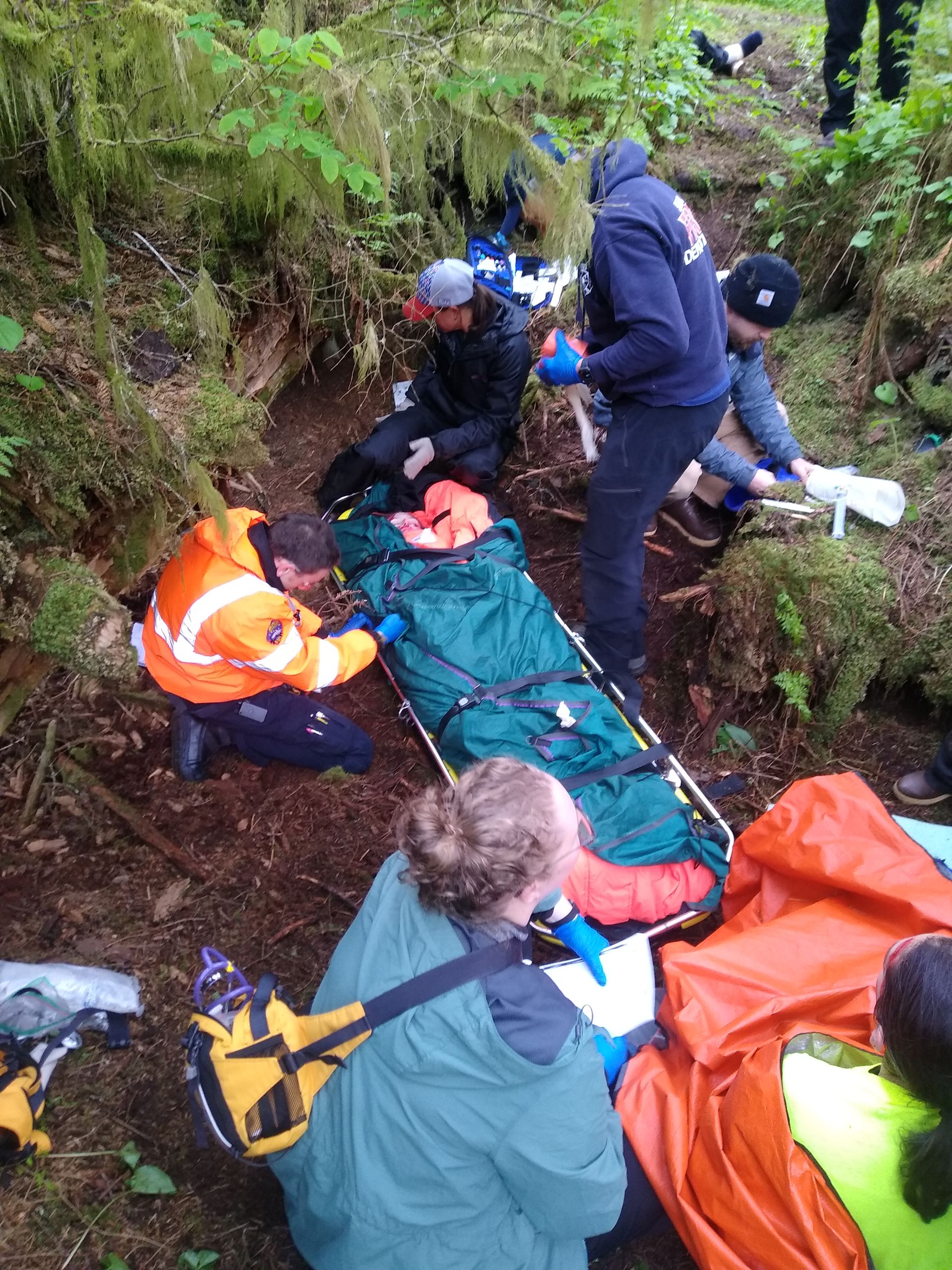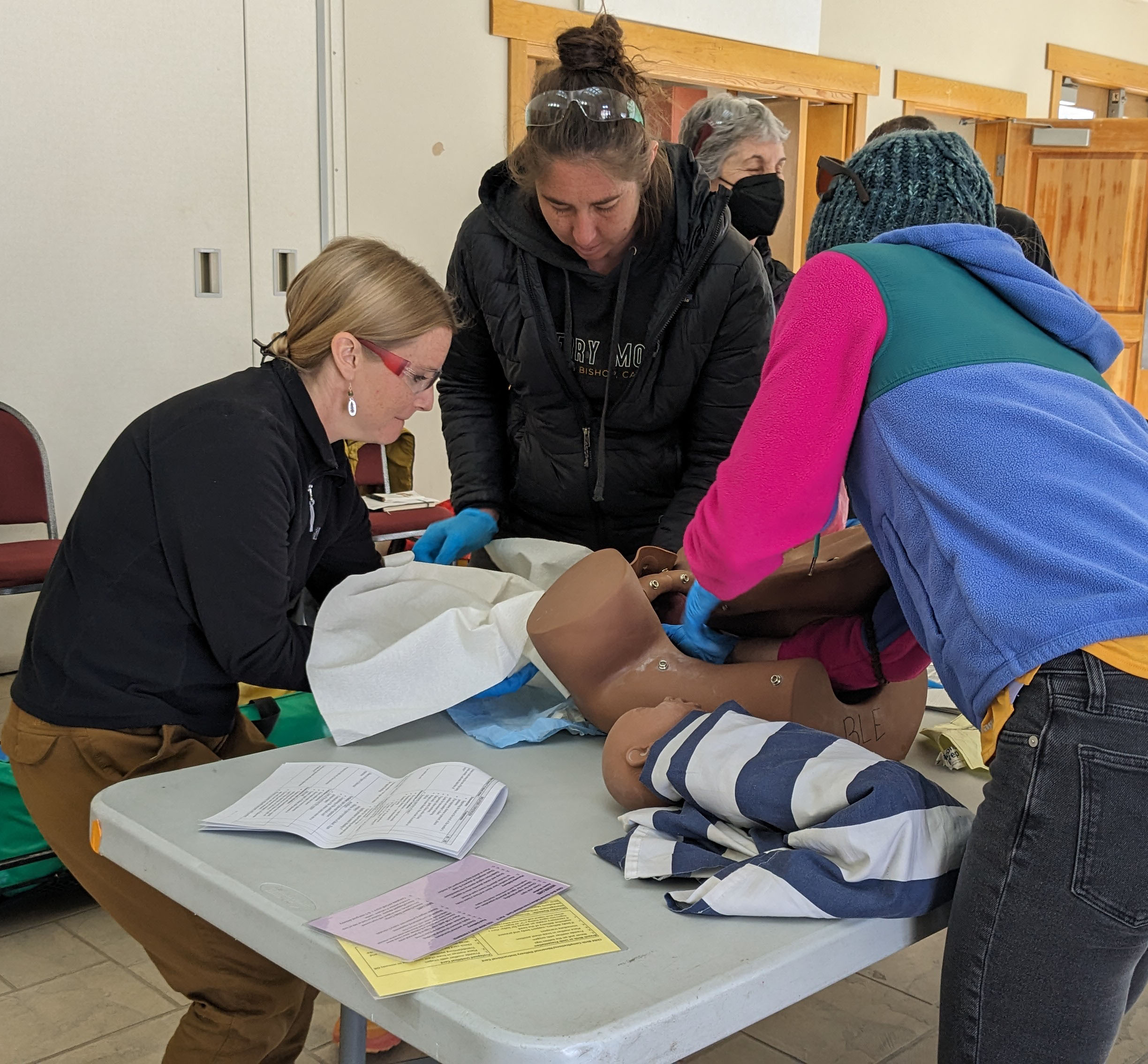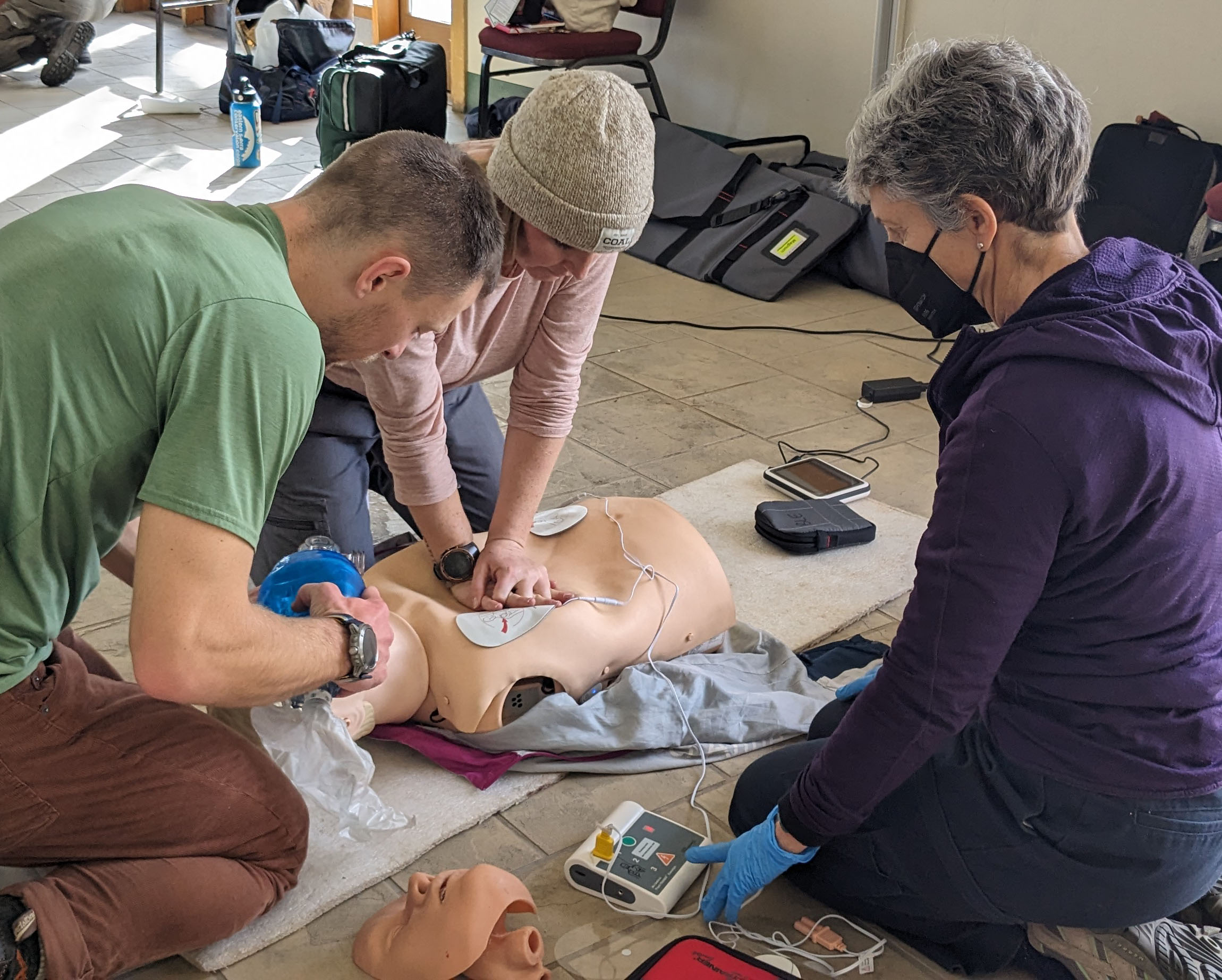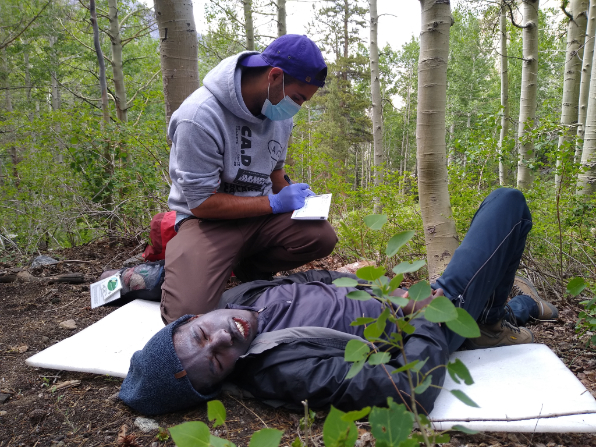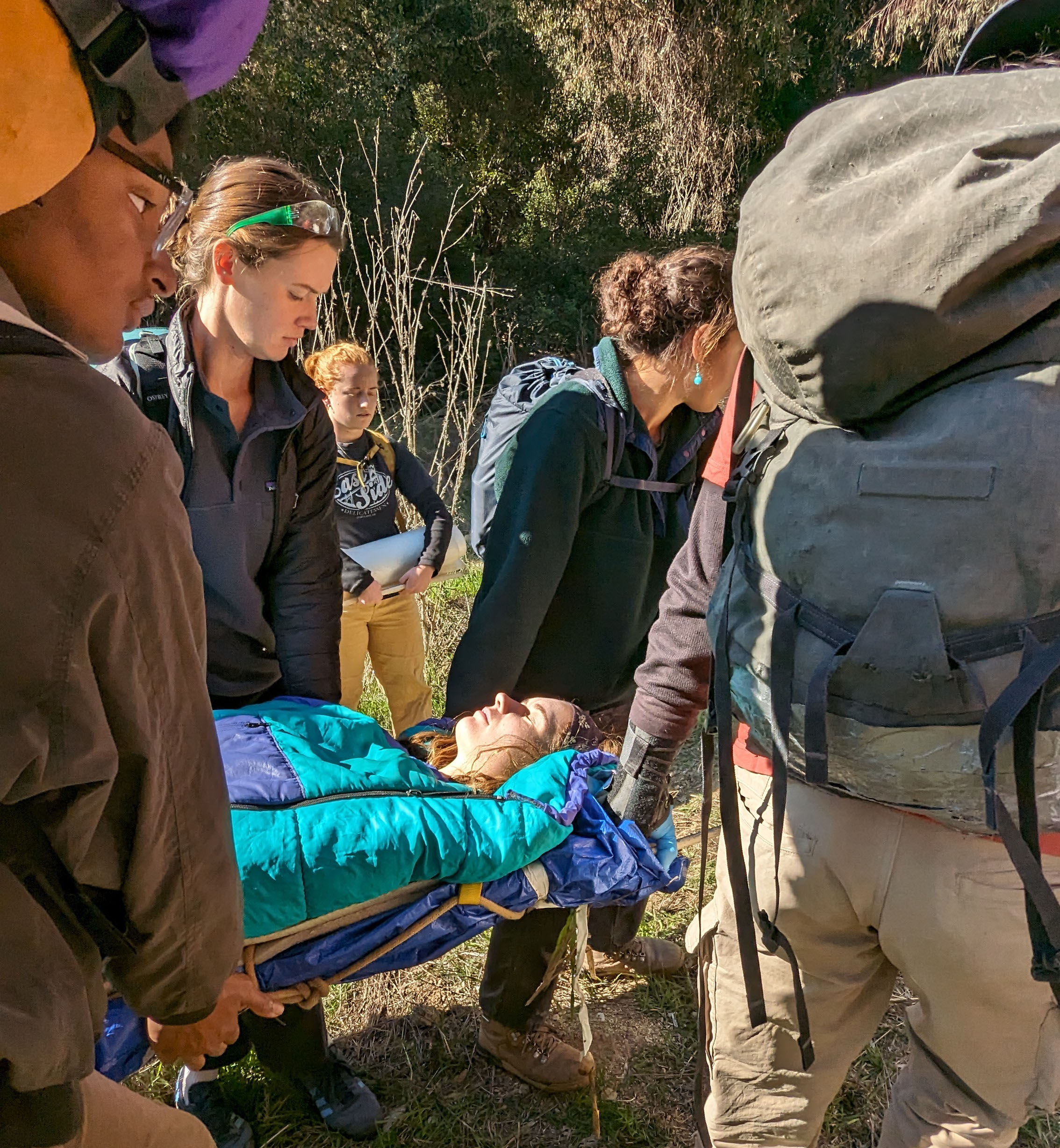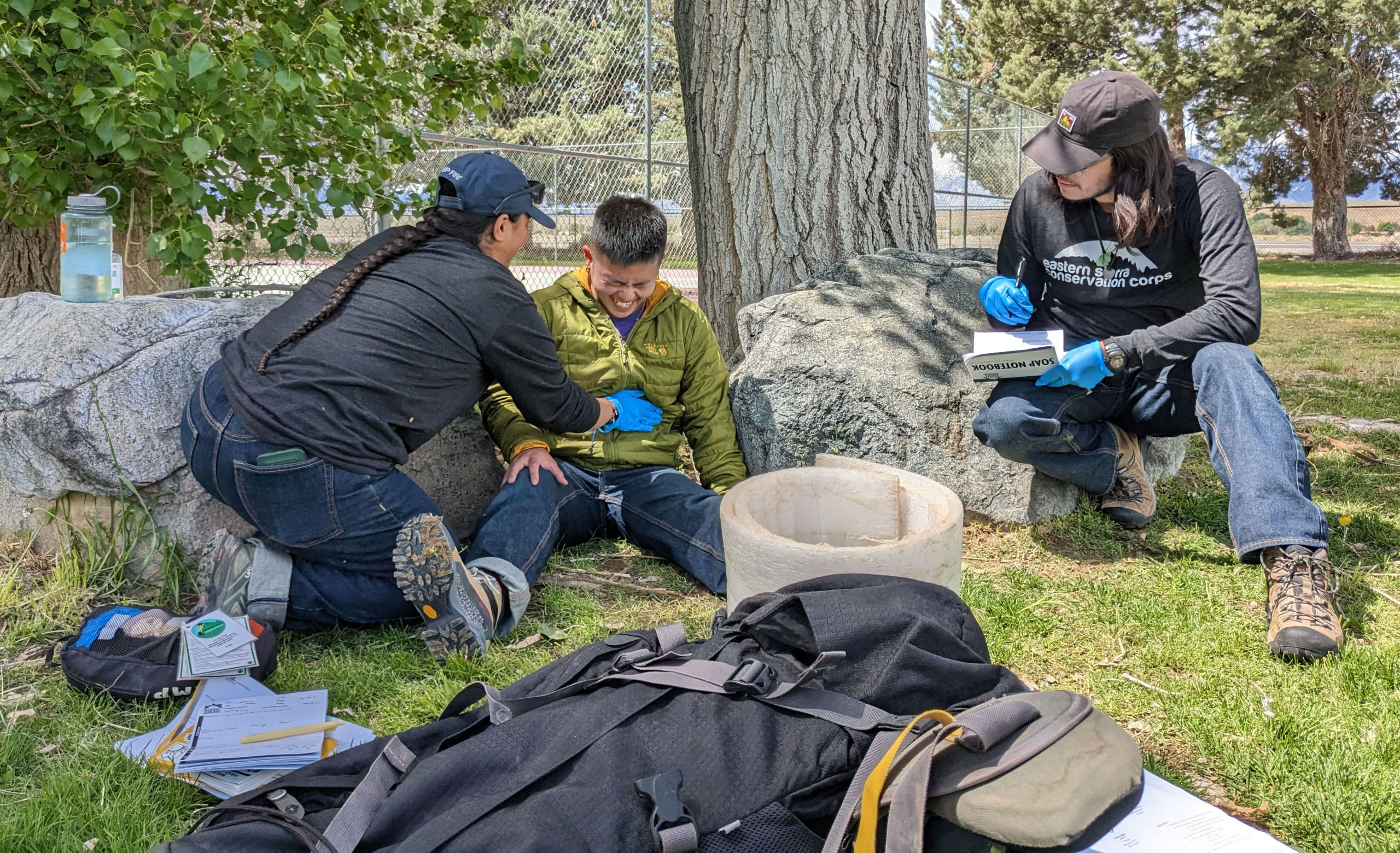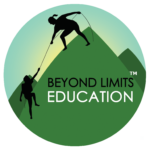
Licensed Training Provider
Beyond Limits Education (BLE) is approved and licensed to deliver a variety of curriculum from the lay person to the professional rescuer level.
We are an authorized training provider for the American Red Cross, Health & Safety Institute, Inland Counties Emergency Medical Agency (CAEMSA), and Wilderness Medical Associates International allowing us to offer a variety of course types including CEUs for EMTs and Paramedics.
BLE’s Layperson First Aid/CPR/AED program reflects the most current consensus on scientific recommendations and follows the curriculum provided by the Health & Safety Institute (HSI) and American Red Cross (ARC). The program content includes the knowledge and skills necessary for participants to safely identify and give appropriate care regardless of the type of emergency. The program stresses the basic steps to follow in any emergency, beginning with the most important step, the decision to act, and helps participants confront their fears of getting involved and giving care. It explains the emergency medical services (EMS) system, emphasizes the need for rapid medical assistance in an emergency, and provides instruction on appropriate care for a variety of injuries and sudden illnesses that lay responders may encounter in their workplaces, schools, communities, and homes specific to the Eastern Sierra.
Dive into our comprehensive EMS courses designed to equip you with the skills and knowledge needed to thrive in emergency medical situations. Whether you’re aspiring to become an Emergency Medical Responder or an experienced professional seeking advanced training, our courses cater to all levels. From foundational Emergency Medical Technician (EMT) programs to custom training tailored for EMS professionals, our expert instructors provide hands-on experience and cutting-edge curriculum. Join us and embark on a rewarding journey towards saving lives and making a difference in your community.
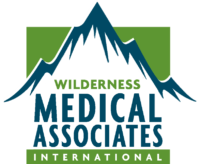 The wilderness medicine program is invaluable training for professionals, recreationists, and those simply eager to learn. Our Wilderness First Aid, Wilderness First Responder, and Wilderness EMS Upgrade courses build critical thinking skills and the confidence to handle the unexpected in any environment. “Wilderness Context” applies not only to remote backcountry settings but also to rural areas with limited resources and delayed access to definitive care. It also applies to an urban setting where the infrastructure has been destroyed (i.e., natural disasters).
The wilderness medicine program is invaluable training for professionals, recreationists, and those simply eager to learn. Our Wilderness First Aid, Wilderness First Responder, and Wilderness EMS Upgrade courses build critical thinking skills and the confidence to handle the unexpected in any environment. “Wilderness Context” applies not only to remote backcountry settings but also to rural areas with limited resources and delayed access to definitive care. It also applies to an urban setting where the infrastructure has been destroyed (i.e., natural disasters).
BLE is licensed to teach the Wilderness Medical Associates International (WMA) curriculum. WMA takes a conceptual and critical thinking-based approach to teaching wilderness medicine and is one of the top leaders in the industry. The curriculum is based on nearly three decades of oversight and continual review by a faculty committee of medical practitioners. WMA courses have been taught since 1984 and the curriculum is “the standard by which all other wilderness medical providers are judged”.
“It is often more important to have clarity about the urgency and severity of a problem than it is to have a precise diagnosis. We need to understand what a patient does or does not have and whether or not it is a big deal.”
DAVID JOHNSON, MD (FORMER WMA MEDICAL DIRECTOR)
Hybrid Courses
Our hybrid courses offer an opportunity for those with less flexible work schedules and anyone who wishes to engage with a part of the curriculum over several weeks at their own pace.
Our e-learning curriculum considers multiple learning modalities and uses a variety of activities that actively engage learners. Students take what they have learned and apply it in drills and scenarios during the in-person portion of the course.
Technology requirements include:
-
Computer that has the following:
-
Internet Access
-
PDF Reader
-
Anti-Virus Software
-
Internet Browser (latest version of Chrome, Edge, or Firefox)
-
-
High-Speed Internet
Traditional Courses
These courses are for learners who prefer being in a physical classroom with an instructor the entire time. Engagement with the online learning management system (LMS) is limited to reviewing course expectations and logistics and completing information and release forms. Instructors may use the LMS to facilitate homework assignments and as a tool to disseminate resources.
What is the best fit for me?
There are advantages and disadvantages to each course format. Below are some points to consider.
| Hybrid Format | Traditional Format | |
|---|---|---|
| Pros |
Less on-site days. – Potential lodging cost savings. – Fewer days to schedule off work. Students complete e-learning coursework at their own pace. More time to digest the material. |
In-person learning is slower-paced. More time to demonstrate skill proficiency. |
| Cons |
In-person learning is faster-paced. Less time to demonstrate skill proficiency. It can be difficult for learners with limited technology skills or access to a computer or internet. |
Longer on-site commitment. – Potential for higher lodging costs. There is less opportunity for students to learn at their own pace. Less time to digest material. |
| Best Suited For |
Students with self-discipline, time, technological capability, and access can independently complete the e-learning activities. Students with learning disabilities. |
Students who do not have access to technological resources. |
Beyond Limits Education draws on Brigitte Denton’s expertise in instructional design and education, along with trusted partnerships, to create tailored training experiences for diverse groups and settings. We can teach in any environment—whether it’s a traditional classroom or an outdoor space defined by nothing more than sky and terrain.
Our approach blends a variety of proven instructional strategies, including hands-on skills practice, inquiry-based learning, experiential methods, and focused lecture. Most importantly, we prioritize continuous feedback between instructors and students to adapt in real time and support every learner’s growth.
Join Our Community To Receive Updates!
Receive updates on our latest course offerings and additions to our educational blog!


